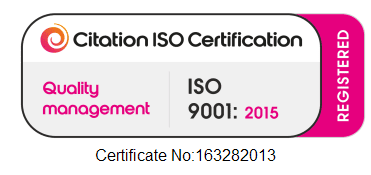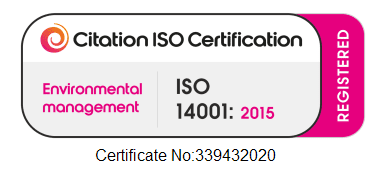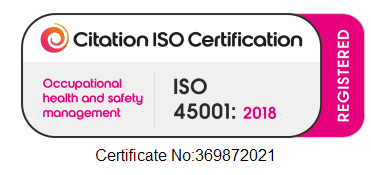The Facts on Plastic Strapping
Strapping was originally made of steel, which is extremely strong, has low stretch and is heat- and UV-resistant, but also has limitations. It is heavy, easily corrodes, has poor stretch recovery and when it is cut under tension, presents a safety risk. Its applications were therefore limited.
Just over fifty years ago, plastic strapping began to emerge as an alternative to steel and as it was developed so its potential uses increased. Friction welding made it possible to seal strap without having to manually apply a separate buckle or seal, and automated strapping systems could be integrated within high-speed production lines. Expensive nylon strap was replaced with more economical polypropylene and stronger polyester became a viable alternative to steel. Woven polyester cord strapping became popular for applications where the harsher surface of extruded plastic strapping could cause damage.
Let’s take a look at the types of plastic strapping now available, their pros and cons and the applications they’re most suited to.
Polypropylene
The majority of plastic strapping used today is oriented polypropylene – cheap and suitable for most light- to medium-duty strapping, compatible with a wide range of manual tools and automatic or semi-automatic tools and machines.
Polypropylene strapping has relatively poor UV resistance and so should be avoided for outdoor storage. UV resistance is reduced if the strap is a lighter colour, so most strap is black or blue.
It should also be noted that polypropylene loses 50% of its tension within two hours of being applied, more quickly in warmer ambient temperatures. It also has poor memory and will not recover its original dimensions when placed under additional tension. This makes it unsuitable for heavy materials such as brick and block, or for pallet loads that are inclined to shift during transport.
Polyester
Oriented polyester strapping may appear similar to polypropylene, but it has quite different characteristics that make it more suitable for heavier applications and a preferable alternative to steel. It is lighter, doesn’t corrode or stain, is safer when cut under tension and has a good memory that retains tension and will continue to securely hold a load even after movement or impact. It is also considerably cheaper than steel.
Polyester is also suited to a wide range of manual tools and some automatic and semi-automatic tools and machines. It is suitable for most applications where steel has formerly been used, such as construction materials, shipping crates and the like.
Polyester cord
Strands of polyester fibre, either woven or bonded together, create straps that are flexible yet strong, soft yet abrasion-resistant. These fall into three categories:
- Woven cord strapping is a cost-effective and safer alternative to steel strapping, offering bi-directional strength and split-resistance for harsher environments and suitable for securing heavy loads.
- Composite cord strapping lacks some of woven cord’s bi-directional strength and split-resistance but is coated with clear polypropylene. This coating enhances its water resistance and makes it more rigid – a boon when feeding it through pallet frames and through metal buckles.
- Hotmelt cord strapping is an inexpensive product for general purpose use. Bale press strapping is a variation of hotmelt cord used in automatic bale press machines for bundling waste materials destined for recycling.
Unlike oriented polypropylene and polyester strapping, which is secured with a crimped seal or friction weld joint, polyester cord straps use a plastic or metal buckle. Both ends of the strap are fed through opposite sides of the buckle and tension is applied manually or with a hand operated tensioner. The buckle locks onto the strap to prevent it from loosening, but if the strap stretches or the load contracts, additional tension can be applied without having to re-strap the load.
Cord strapping also has another unique feature – system strength. All strapping has what we call break strength, or break strain; this is the maximum force that strap will sustain under tension before breaking. The break strain of cord strapping is lower than that of oriented strapping, but the combination of the strap and the buckle (system strength) almost double the break strain of the strap alone. That’s why, when you are choosing corded strapping, you should compare system strength as well as break strain.
Here’s a video demonstrating Tension, Recovery & Elongation from different strap types:
Need help chosing the right Strapping for you? Contact our team to discuss your application and they will get you on the right track!
Tel (NI): 028 4175 4977
Tel (Dublin): 01 866 0136
Email: sales@hub-packaging.com









